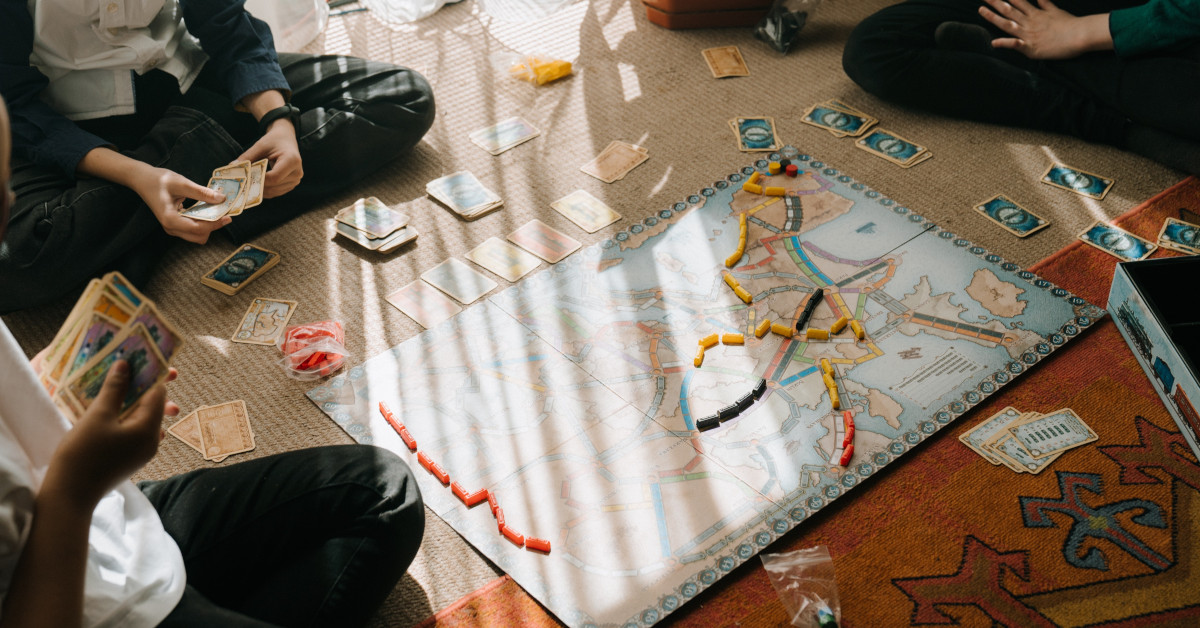A game is a structure or organization for play. Although unstructured play (primarily based on experiences, experimentation, and social elements such as children running around a playground or playing with a toy) does exist, a technical definition of a game must posses five elements:
- Goal: The overall objective that the player seeks to accomplish. There can be more than one goal, as well as optional goals.
- Challenge: A non-trivial challenge or impedance that the player must overcome to arrive at the game’s objective.
- Rules: The definition and instructions the player agrees to accept during the game concerning the events, conditions, and actions of the game.
- Participants: The players, spectators, referees, game masters, etc. required for the game to be run and played.
- Play: The choices the player can make during the game. The decision making process. How the player chooses to interact with the game (within the confines of the rules).
Anatomy of a Game
Every game is comprised of several states that alternate over stages of progression:
- Game Instance: The entirety of the game (e.g. all of its components, actions, events, etc.). This is the whole lifetime of the game.
- Game Session: The collection of activities, decisions, etc. of one participant. Game sessions are player-specific (meaning a multi-player game would have a unique game session for each player).
- Play Session: A complete, uninterrupted period of time that a single player is actively playing the game (game sessions may be sub-divided into multiple play sessions). Like game sessions, play sessions are player-dependent.
- Extra Activities: Any and all activities about the game that do not have a direct impact on the game (e.g. meta-gaming, game discussion by spectators, etc.).
Each game state has a set-up and tear-down phase. These include any necessary steps needed to prepare the game before play, and any after-action or post-game conclusions. Depending on the game, these phases may be long and protracted, or trivial.

1 thought on “Game”